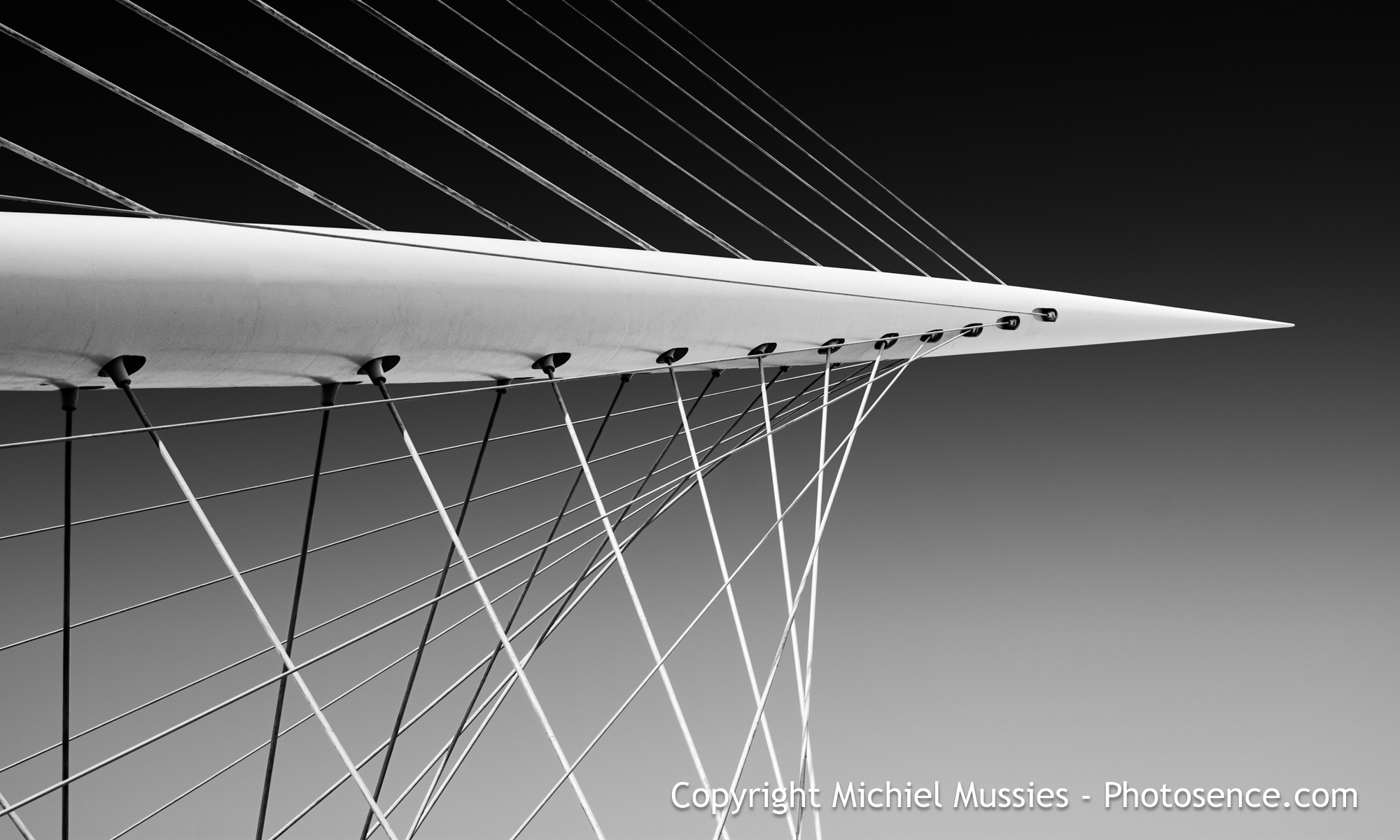We have all heard that any given work of art does not need to be beautiful to be a work of art.
The first time I heard about it was in a high school art class. As a recurring exercise
we were taught to view works of art without using a ‘beauty scale’.
If I remember correctly, the idea was that it would open the students up to a wider scope of art and a ‘better’ understanding *slash* appreciation of art in general.
The assignment did not quite work out for me; at least not how I think it was intended.
Its practice did make me more conscious about art as an experience but it also introduced the infinite possible artistic stories preceding, or poured on top of that experience. These often sounded contrived (and still do), similar to the concocted explanations that persuade you to ‘understand’ certain creations as works of art.
I am fine without additional story, thanks. If something makes me sigh, I believe I have already understood something essential about it and like art, a sigh can be pretty self-explainatory.
I typically spend more time at an exhibition with things that attract me than with the things that do not.
So in short, my basic bias to connect with things that evoke any form of ‘yes’ has remained intact, is perhaps even stronger than before and
museum and gallery visits are a lot more fun than a few decades ago.
I understand my own prints to communicate a perception of beauty that is before (or beyond) acquired taste.
This may sound abstract but for me it is part of the ongoing backdrop of life, not even a subject of attention.
Frankly speaking, to discuss its reality seems pretty superfluous as the experience is persistent and independent of a state of mind, of circumstance or mood.
In my photography it is the primary reason to get out of bed and shoot pictures at 3.30 AM.
Backdrop or not, the moment to actually depress the shutter is also supported by an acquired sense of harmony or beauty,
which is not made clear in some other posts about when to shoot and when not.
While personal taste makes something stand out, inner and outer senses weigh light, contrasts, gesture and placement and interplay of elements to see
if all things combine into a shot. When a print makes the individuality of a subject tangible, the beauty of its essence also appears.
Such prints remove a need to understand them. I think they are good company.
